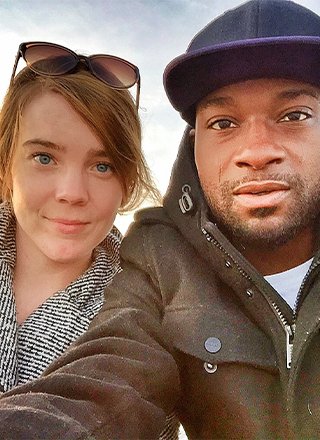The U.S. Supreme Court upheld state and local governments’ display of a 40-foot-tall cross in Bladensburg, Md., in June. The justices ruled 7-2 that the so-called “Peace Cross” had been up so long that it had become part of the community and could stay, despite its religious connotations.
Another panel – an unofficial one, this time – looked at the case anew recently and came to a different conclusion. Students taking an Advanced Placement U.S. government course at Frederick Douglass High School in Upper Marlboro, the county seat of Prince George’s County where the cross is located, examined the case as a classroom exercise.
The Washington Post reported that the students, who are mostly 14- and 15-year-olds, spent a weekend earlier this month researching the case. Guided by their teacher, Tessa Guarracino, they studied legal precedent and examined the history of the First Amendment, specifically the section that bars laws “respecting an establishment” of religion.
Some students acted as judges while others were randomly assigned to take a side and argue the case as an attorney might. The Post noted that at the end of the exercise, most of the judges sided with the dissenters on the Supreme Court – they would have ruled that the government has no right to display a towering cross.
Reported The Post, “The students suggested the state of Maryland substitute the cross with something secular, like a plaque or a statue of a soldier.”
Smart kids. That would certainly be a better monument because, unlike the Peace Cross, it would honor all veterans. The fact that young people can instinctively grasp something that eluded a majority of the Supreme Court is telling – and a reason for hope.
This summer, Americans United had several interns who wrote about why church-state separation matters to them. One of them, Kenneth M’Bale, specifically addressed the issue of the Bladensburg Cross. The winners of our annual student essay contest also explored how young people can protect religious freedom; you can read the winning essays here.
These young people are poised to assume leadership positions in the fight to maintain religious freedom for all. We can look forward to that day even as we wish we had some of their wisdom on the Supreme Court right now.


